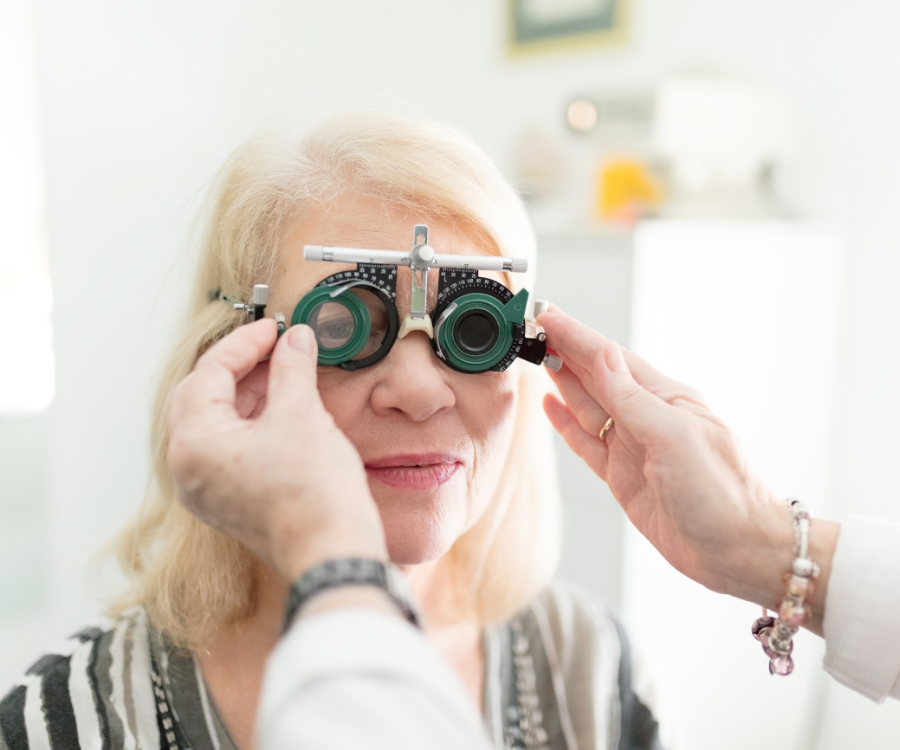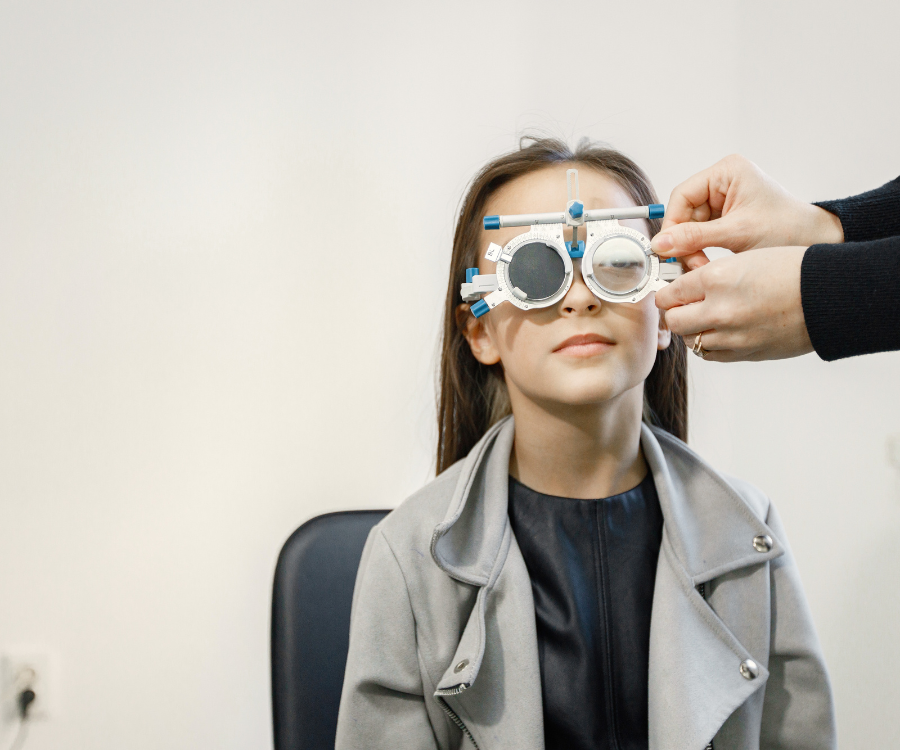Mastering the Art of Eyeglass Frame Adjustments
Ah, eyeglasses. Our trusty companions in the quest for clear vision, adorning our faces with a touch of personality. But what happens when those frames, once perched perfectly, start to slip and slide? Fear not, fellow specs-wearers! Today, we delve into the fascinating world of eyeglass frame adjustments, empowering you to transform your specs from “meh” to marvelous.
The Telltale Signs: When Your Frames Need a Tune-Up
Ever felt that familiar slide down your nose mid-sentence, or the unwelcome pinch behind your ears? These are the cries for help your frames send out. Here’s a handy checklist:
- Slipping and sliding: Gravity’s not your friend when it comes to ill-fitting frames.
- Pinching or pressure: Those temples shouldn’t be auditioning for a vice grip.
- Uneven lens height: One eye peering over the frame while the other hides? Not a good look.
- Headaches or eye strain: Misaligned frames can wreak havoc on your ocular comfort.
DIY Diva or Pro Pampering? The Adjustment Adventure Begins
So, you’ve identified the frame faux pas. Now comes the decision: DIY hero or professional pampering?
The DIY Approach:
- For minor tweaks: Like gently bending the nose pads inward for a snugger fit, you can channel your inner MacGyver. Remember, slow and steady wins the race (and avoids snapped frames!).
- Warm water wonders: For plastic frames, a quick dip in warm water (not boiling!) can make them pliable for gentle adjustments.
- Tools of the trade: Invest in a mini screwdriver or pliers for adjustments on specific frame parts.
Pro Power:
- Leave it to the experts: For complex adjustments, intricate frames, or any uncertainty, seek the magic touch of your optician. They have the tools, expertise, and spare screws to work wonders.
- Bonus tip: Regular checkups with your optician can nip frame woes in the bud before they blossom.
Frame Flair: Beyond the Basics
Adjustments go beyond just the fit. Let’s explore some frame finesse:
- Temple tension: Feeling the pinch? Gently bend the temple ends outward for a looser, more comfortable grip.
- Lens tilt: Feeling like you’re peering over a hill? A slight adjustment of the lens angle can bring the world back into focus.
- Nose pad nirvana: Those little silicone wonders can be adjusted for a perfect fit. Don’t hesitate to nudge them inward or outward for optimal comfort.
Remember:
- Start slow and gentle: You can always adjust further, but reversing a bend is tricky.
- Listen to your frames: They’ll tell you if you’re pushing them too far.
- When in doubt, consult the pros: Your optician is your frame whisperer, ready to solve all your spectacle struggles.
So, the next time your frames feel out of whack, don’t despair! Embrace the art of adjustments, unleash your inner frame whisperer, and transform those specs into a vision of comfort and style. Remember, happy frames, happy you!




